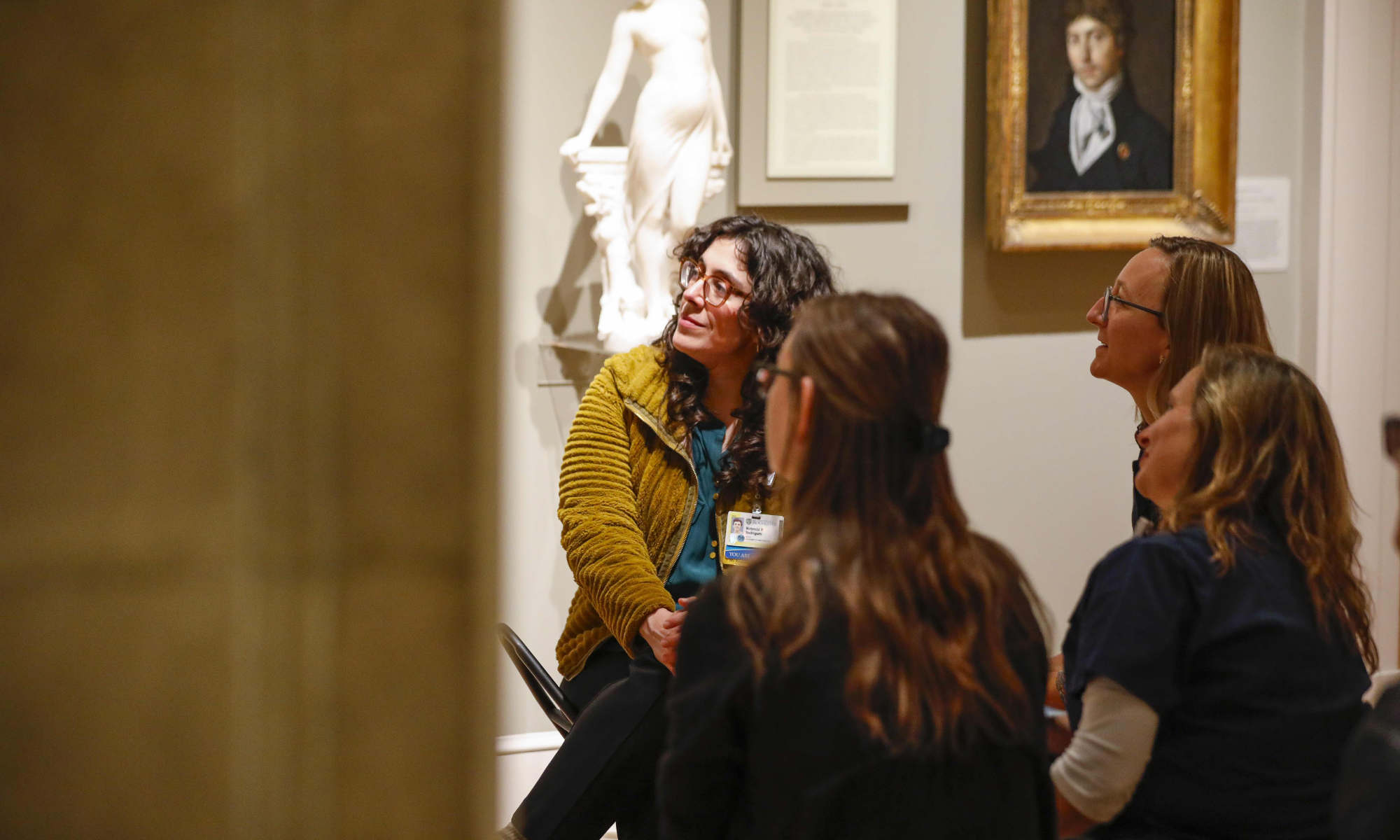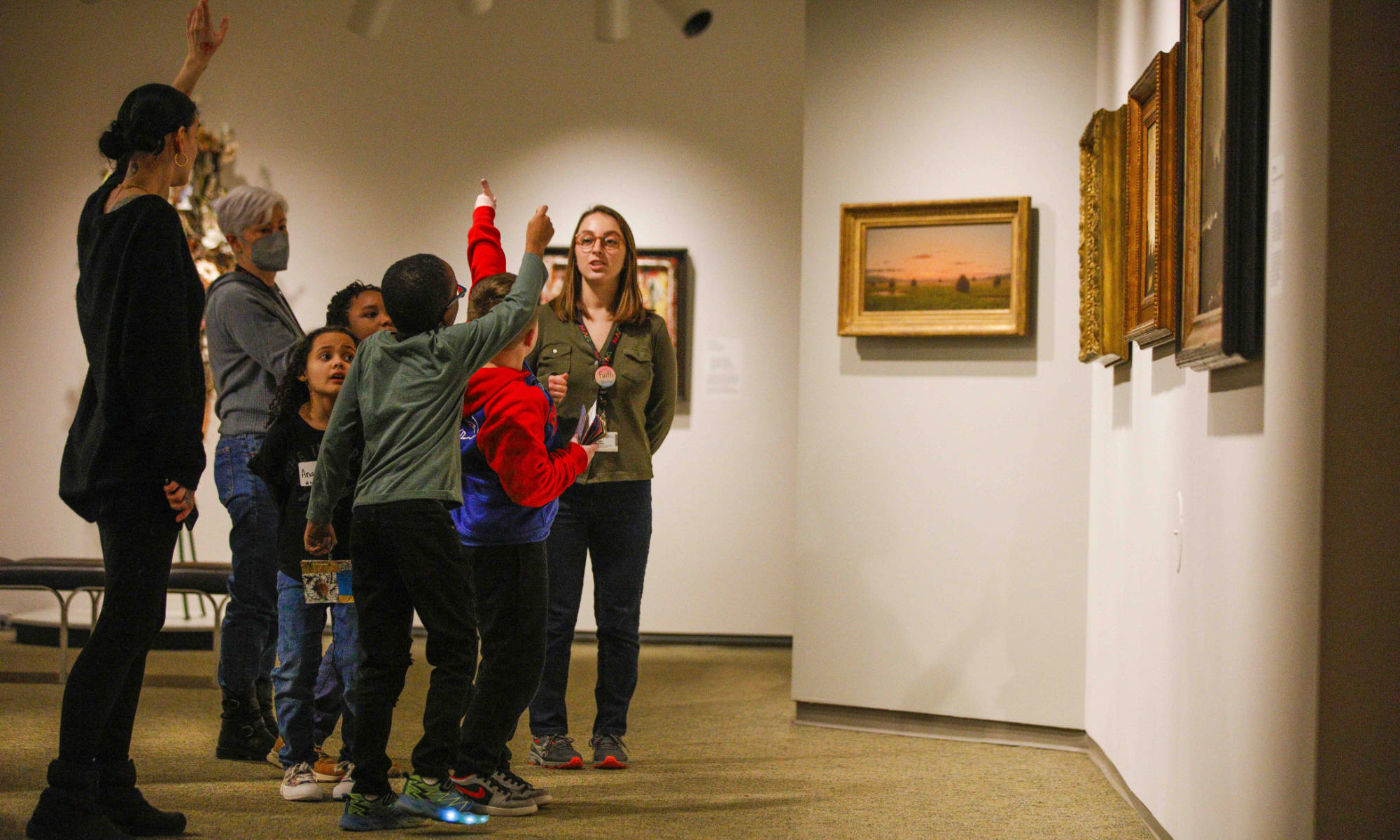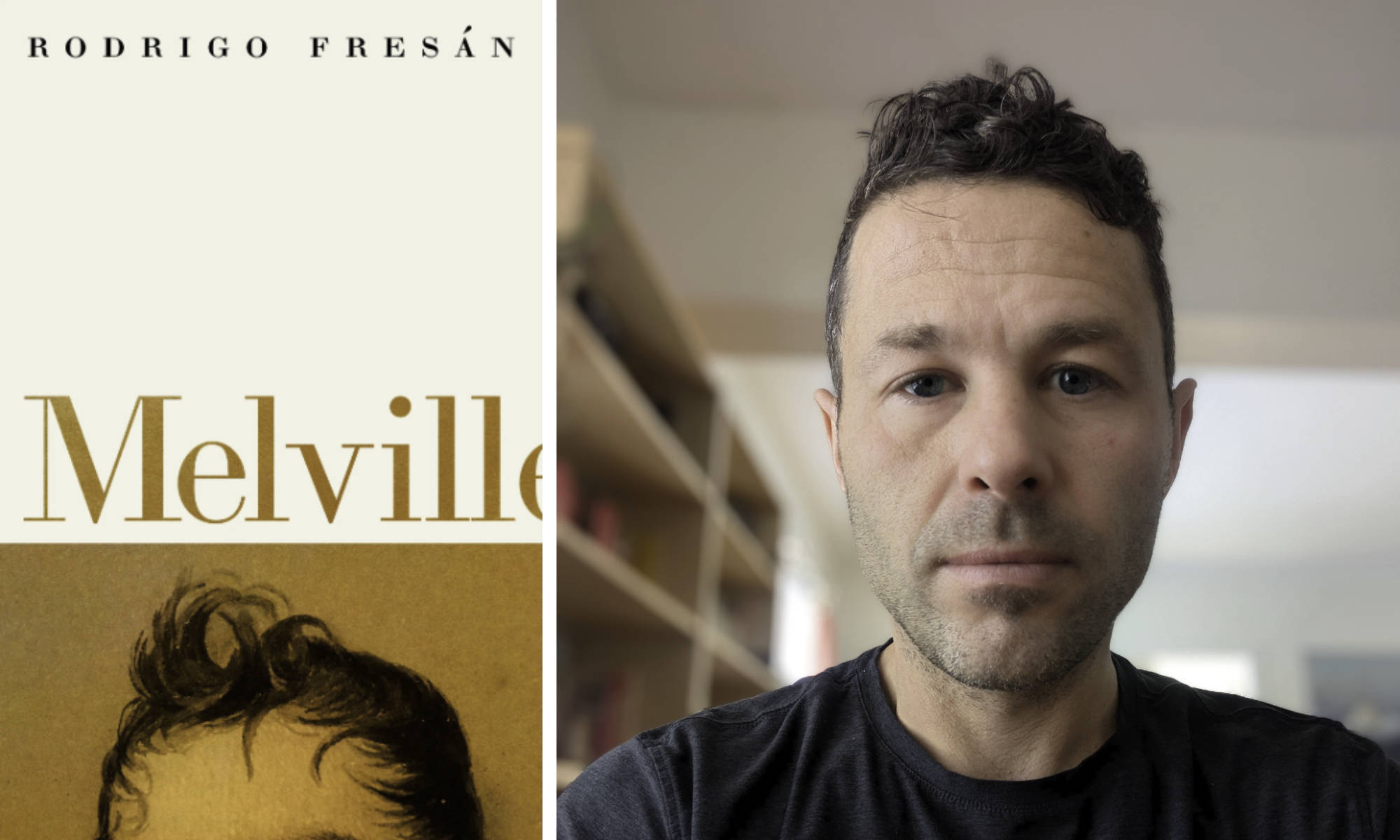The cultural impact of slavery is one of the most important topics for students and teachers of American studies. Yet to date, there is no collection of essays that provide an overview of its significance in American literature for classroom use. This is why Ezra Tawil, associate professor of English, decided to take on the role as editor for the forthcoming publication, Cambridge Companion to Slavery in American Literature.
“I felt it was important for there to be a collection of essays that show how race, slavery, and its complex legacies have been addressed in American culture through artistic production from the 18th century to the present day,” said Tawil, who came up with the idea in 2012 while preparing to teach a course about slavery in literature at the University of Rochester.
“Most of us are familiar with novels like Uncle Tom’s Cabin, but not many people are aware of how Harriet Beecher Stowe’s book was countered by novels like Aunt Phillis’s Cabin, and the emergence of pro-slavery plantation literature,” said Tawil. “It’s important for students to realize that there are artists who used literature to argue against as well as to defend slavery.”
In order to bring these topics together in one place, Tawil solicited 16 articles from different contributors including Jeffrey Allen Tucker, associate professor of English, and Sharon Willis, professor of art and art history and visual cultural studies.
His goal was to provide readers with a collection of essays that show the persistence of slavery as a theme in literary art, not only in slave narratives and novels, but also in a wide range of genres that include poetry, public performance, and music.
For example, he points to Tucker’s essay on the theme of enslavement in recent science fiction and fantasy and to Willis’ essay on slavery in American cinema as indicators of how the topic continues to resurface in different areas in the arts.
“Throughout American history, artists have continued to revisit the history of slavery in their works because people need to confront it, understand it,” said Tawil. “Art provides an arena where people can do this. That’s how it can be so effective. You think you’re just watching a film, but the film is a way of working through history.”
In addition to serving as editor for the Companion and writing the book’s introduction, Tawil is currently completing a book titled Literature, American Style: Exceptionalism and Transatlantic Culture. He is also the author of The Making of Racial Sentiment: Slavery and the Birth of the Frontier Romance (Cambridge, 2006) and of numerous essays in such journals as Novel, Early American Literature, and Diaspora.
The Cambridge Companion to Slavery in American Literature will be published in March 2016. For more information visit: http://www.cambridge.org/us/academic/subjects/literature/american-literature/cambridge-companion-slavery-american-literature?format=PB




